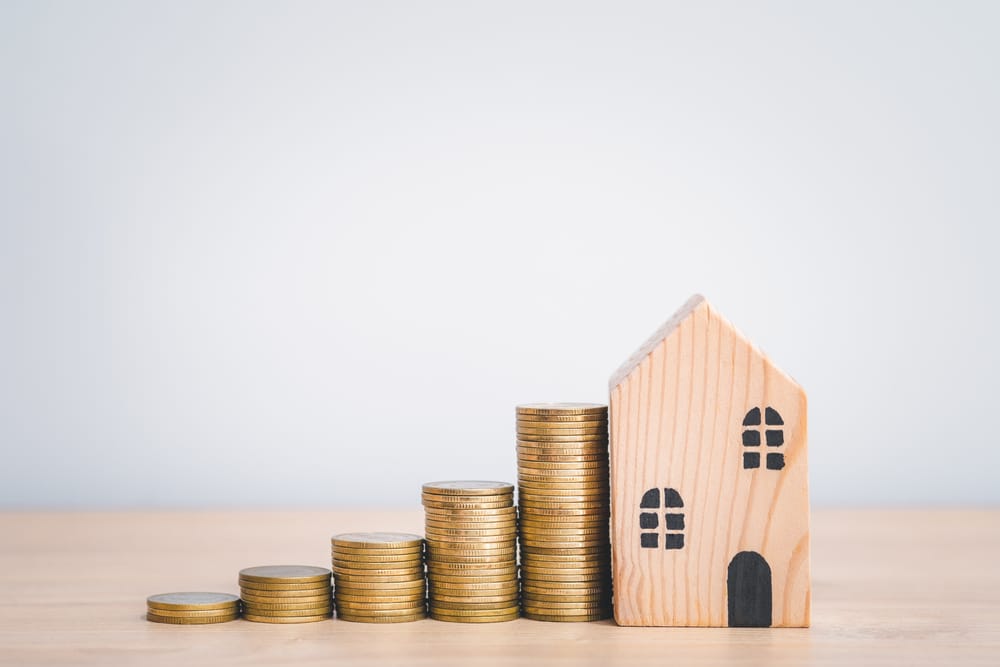House prices remained steady in April after a 0.1% month-on-month rise, taking the cost of the average UK property to £288,949.
Annually, property prices grew by 1.1%, according to the Halifax House Price Index, compared to the 0.4% year-on-year rise seen in March.
Northern Ireland remained the strongest performing nation or region in the UK, where prices rose by 3.4% annually in April, though growth slowed from 4.1% in the previous month.
Welsh property prices grew by 1.1% YOY following 1.9% growth in March. Meanwhile, Scottish house prices rose 1.5% year-on-year.
Regionally, the North West continued to see the strongest growth in England, up by 3.3% annually to £231,599 on average. Annual price falls are predominantly found in the South of England, as the North-South divide across English regions is sustained.
Properties in Eastern England recorded the biggest decline of 1.1%, with homes selling for an average of £329,723, a drop of £3,541 over the last year. London remains the most expensive region in the UK in which to buy a home, with an average price of £539,336. However, prices in the capital have been relatively flat over the last year, up by just 0.1%.
Amanda Bryden, head of mortgages at Halifax, said: “While there is always much scrutiny of monthly price changes, a degree of volatility is to be expected given current market conditions; the reality is that average house prices have largely plateaued in the early part of 2024.
“This reflects a housing market finding its feet in an era of higher interest rates. While borrowing costs remain more expensive than a few years ago, homebuyers are gaining confidence from a period of relative stability. Activity and demand is improving, evidenced by greater numbers of mortgage applications so far this year, while at an industry level, mortgage approvals have reached their highest point in 18 months.”
Buyers are adjusting expectations
Mortgage approvals for house purchases increased from 60,500 in February to 61,300 in March, the highest number recorded since September 2022.
Halifax’s research also found that buyers are adjusting their expectations. First-time buyers in particular are compensating for higher borrowing costs by targeting smaller properties, causing the value of flats to rise the most sharply out of all property types and closing the price growth gap on bigger properties that’s existed for the last four years.
“However, we can’t overlook the fact that affordability constraints are still a significant challenge, for both new buyers and those rolling off fixed term deals,” said Bryden. “Mortgage rates have edged up again in recent weeks, primarily as a result of expectations around future Bank of England base rate changes, with markets now pricing in a slower pace of cuts.”
She added: “If, as is still expected, downward moves in the bank rate come into play later this year, fixed mortgage rates should fall. Combined with the resilience displayed by the housing market over recent months, we now expect property prices to rise modestly over the course of 2024.”
Jeremy Leaf, north London estate agent and a former Royal Institution of Chartered Surveyors (RICS) residential chair, says: “We are not surprised to see house prices up a bit, then down a bit – a pattern [that] we are finding is repeated on the ground, reflecting that some sellers are more realistic than others.
“The market has lost a little momentum in the last month or so, which has chimed with recent modest increases in mortgage rates as well as listings. However, underlying confidence remains fairly strong for now at least, allowing purchasers the opportunity to perhaps negotiate a little harder where possible.”





